This month, we’re diving into the world of art. Explore the reasons why Lifestyle Asia’s editor-in-chief is captivated by the works of these amazing artists.
Art serves many purposes; it can convey information, influence our daily lives, make social statements, and be appreciated for its aesthetic beauty.
This month, our focus is on art—an avenue through which we can better understand the world around us.
Isn’t it wonderful to treasure something that only you can fully understand? Art embodies this notion.
While art inherently holds meaning, we, in our minds, can create something even more exquisite and profound. This is why we adore art.
Whether you’re an art enthusiast or someone seeking extraordinary artworks for personal enjoyment, the answer lies here.
Lifestyle Asia’s editor-in-chief, Candy Dizon, has curated a list of 10 artists whose works she would love to possess. Curious to know why? Keep reading.
READ ALSO: Classic Colors: Essential Red Lipsticks For Every Cosmetic Collection
Rodel Tapaya
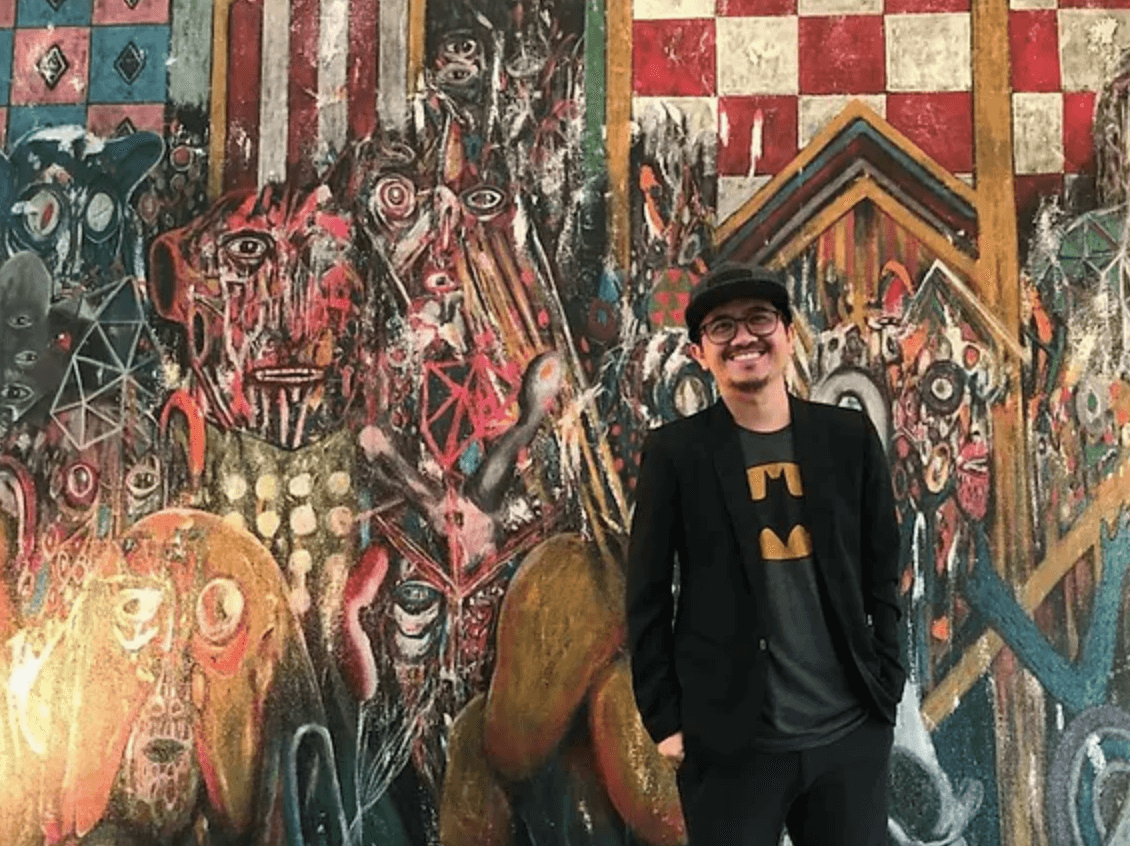
Rodel Tapaya, one of the Philippines’ foremost contemporary painters, produces large-scale surrealistic paintings filled with figures and mythical creatures.
His works, described by Artsy as dense, narrative compositions, draw on indigenous folklore to comment on postcolonial politics. They have garnered international acclaim and command five-figure prices at auction.
Tapaya received a prize in the Nokia Arts Awards in 2001, which supported his studies at Parsons School of Design and the University of Helsinki. He later completed his degree at the University of the Philippines College of Fine Arts.
In 2016, his monumental painting “Adda Manok Mo, Pedro? (Do You Have a Rooster, Pedro?)” was featured in the Biennale of Sydney. This piece uses allegory to criticize the country’s military dictatorships.
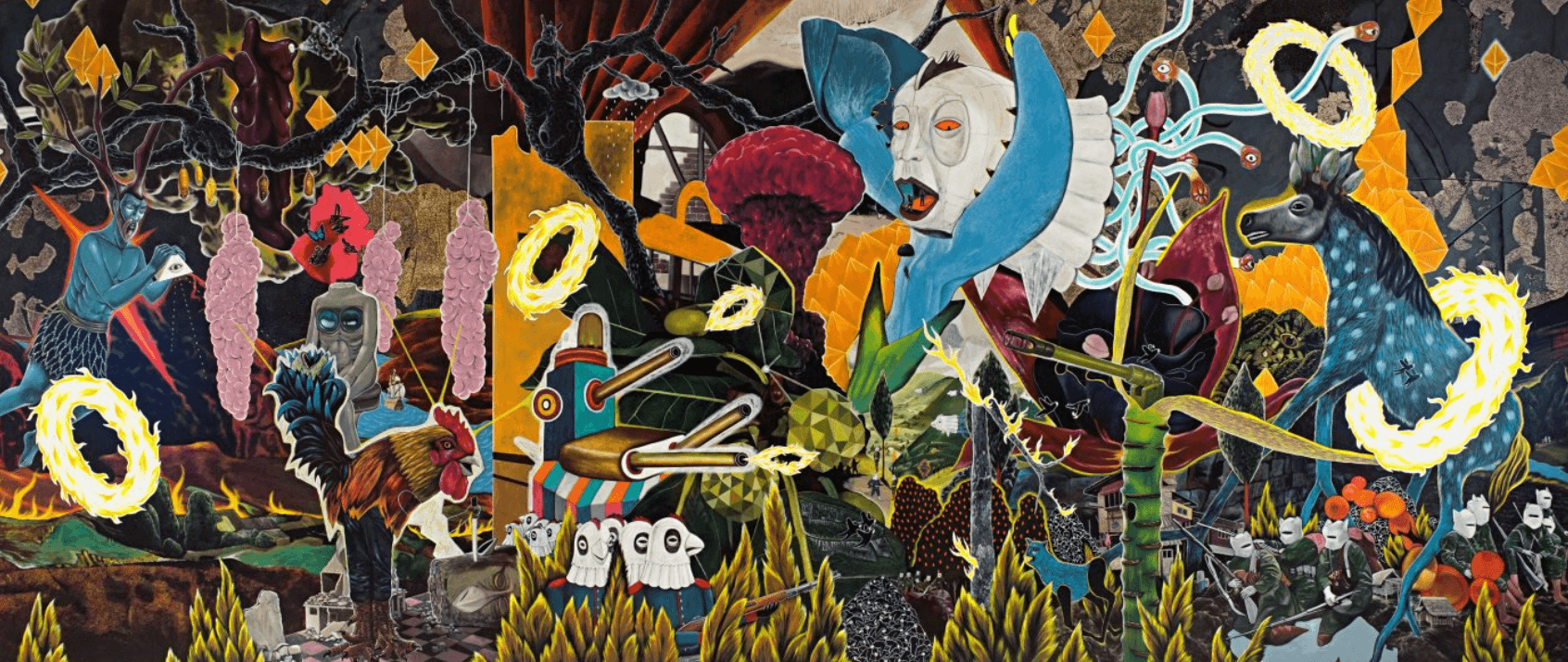
Tapaya reflects, “In some way, I realize that old stories are not just metaphors. I can find its connections with contemporary time. It’s like the myths are poetic narrations of the present.”
Marina Cruz
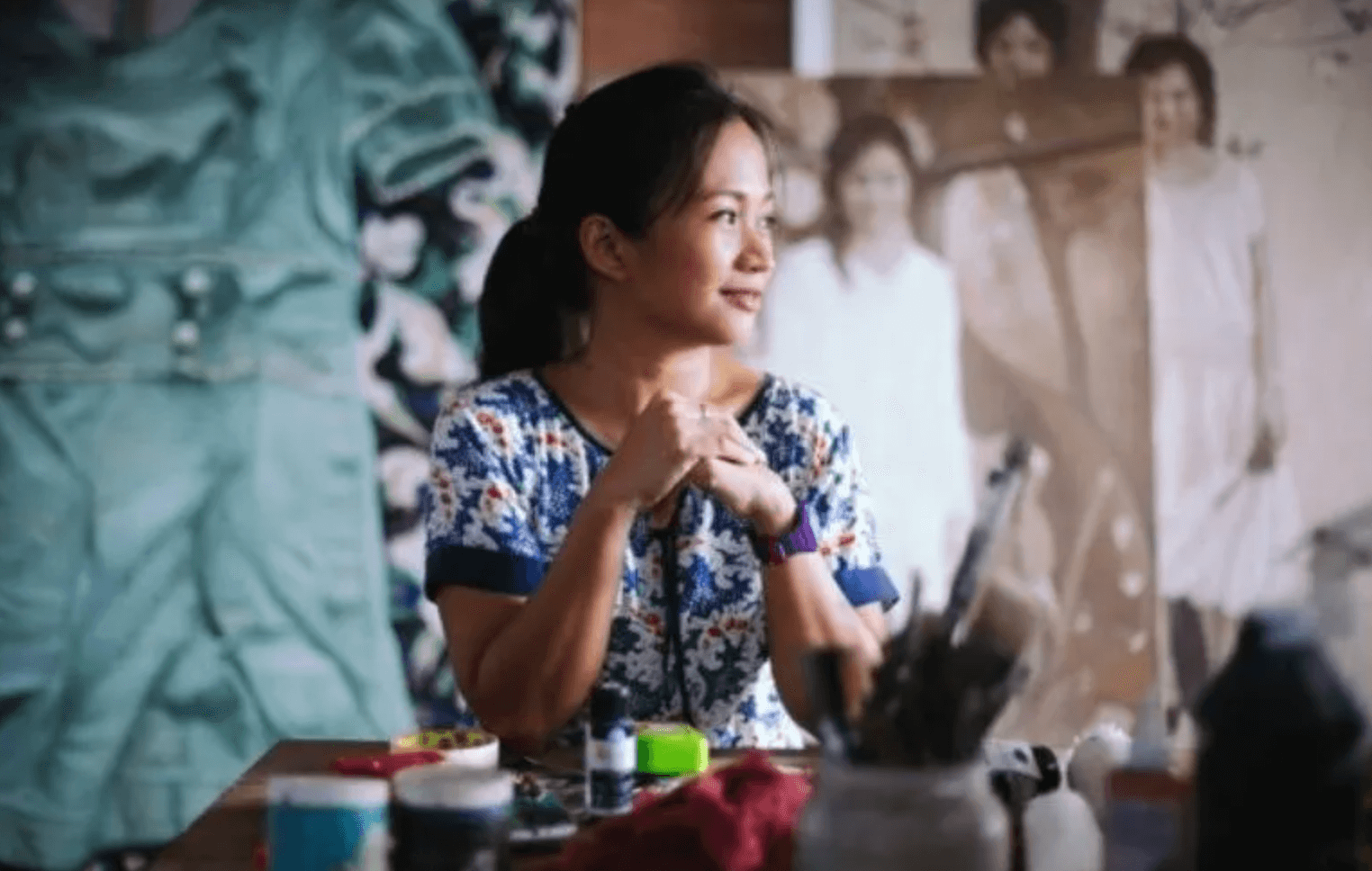
Marina Cruz, a Filipino contemporary artist, is renowned for her nostalgic photorealistic paintings depicting old clothes passed down in her family.
While primarily recognized for her paintings, Cruz also engages in installation, sculpture, and printmaking, as noted by Ocula.
According to Mind Set Art Center, Cruz’s works often convey layered meanings within a single painting surface.
She reconstructs elements of the “self” using various materials imbued with memories and historical significance.
Despite her deliberate focus on painting antiques and exploring the past, Cruz’s works are undeniably contemporary. They delve into the essence of her subjects and the underlying conflicts of real-life events.
The emotions she captures, though intangible, are rooted in old photographs and clothing that have been passed down through generations, serving as her primary inspiration.
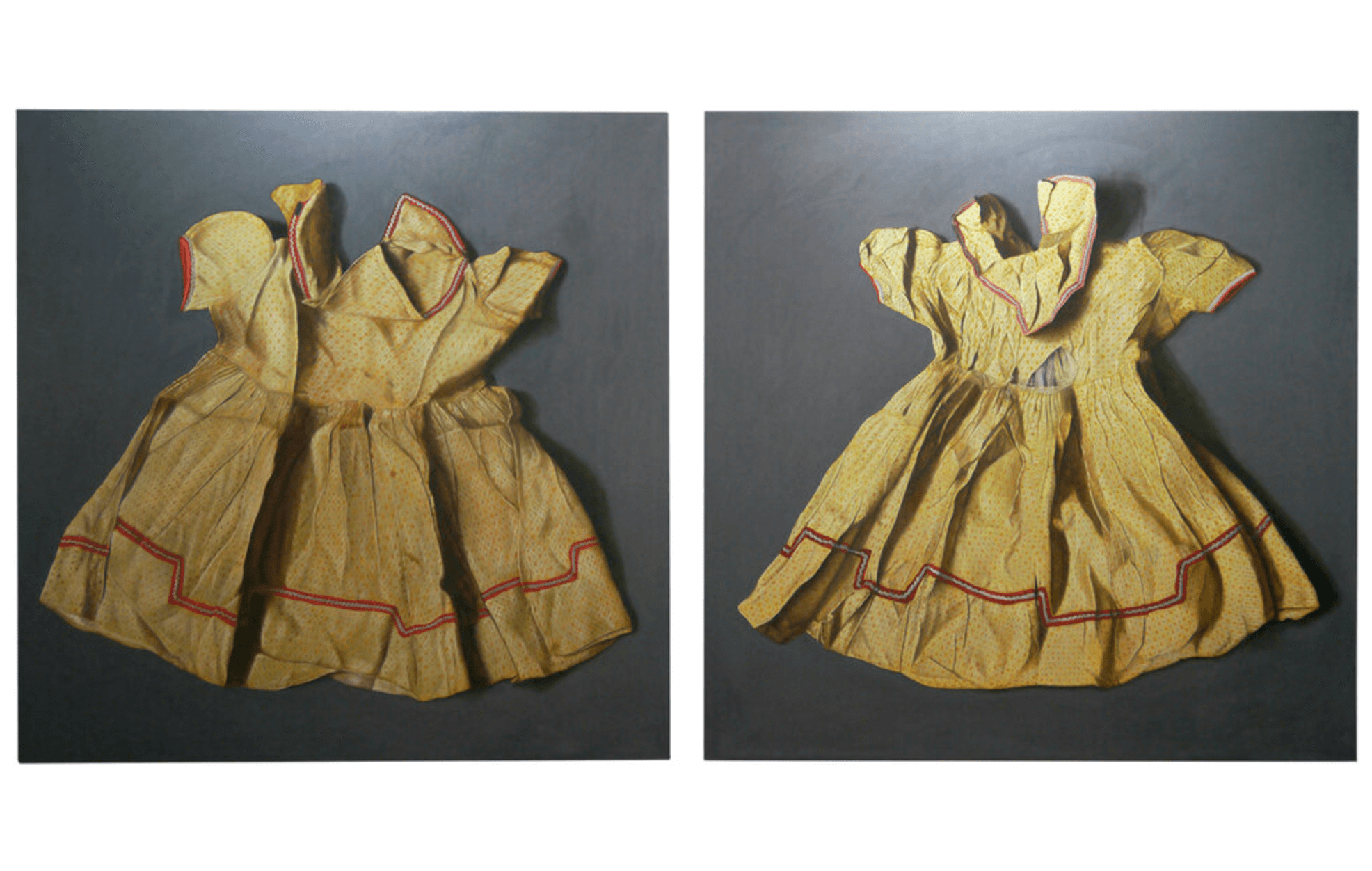
By reinterpreting the significance of clothing once worn by her mother and aunts, Cruz explores the relationship between history and the individuals who experienced it.
The clothes act as a medium through which she examines the continuity of life. Her painting process mirrors human memory—though slightly faded, it gradually approaches reality through indescribable nuances.
“I find myself referencing personal objects, particularly fabric, clothing, dresses from my own family archive. My works meditate on the ideas of aging, leavings, markings, vulnerabilities and imperfections, things that are all unavoidable. I like to explore domestic spaces and belongings at the same time look into what makes a space a home, what makes us feel we belong,” Cruz shared.
Buen Calubayan

Arario Gallery offers a clear insight into Buen Calubayan’s artistic exploration.
Calubayan examines how we create and perceive the world, focusing on the interaction between ourselves and the world. This is through mediation, image-making, and the tools that facilitate these processes.
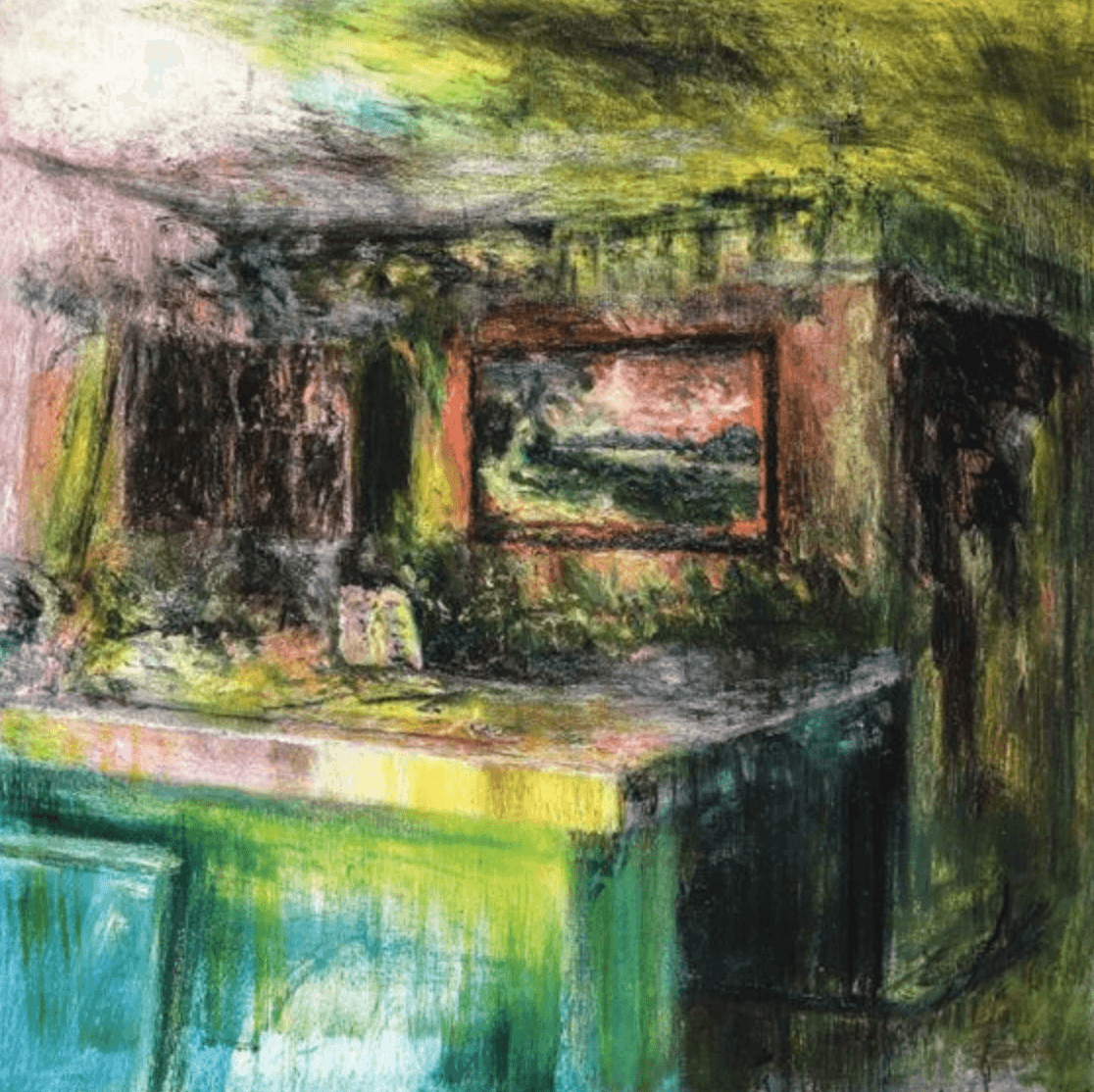
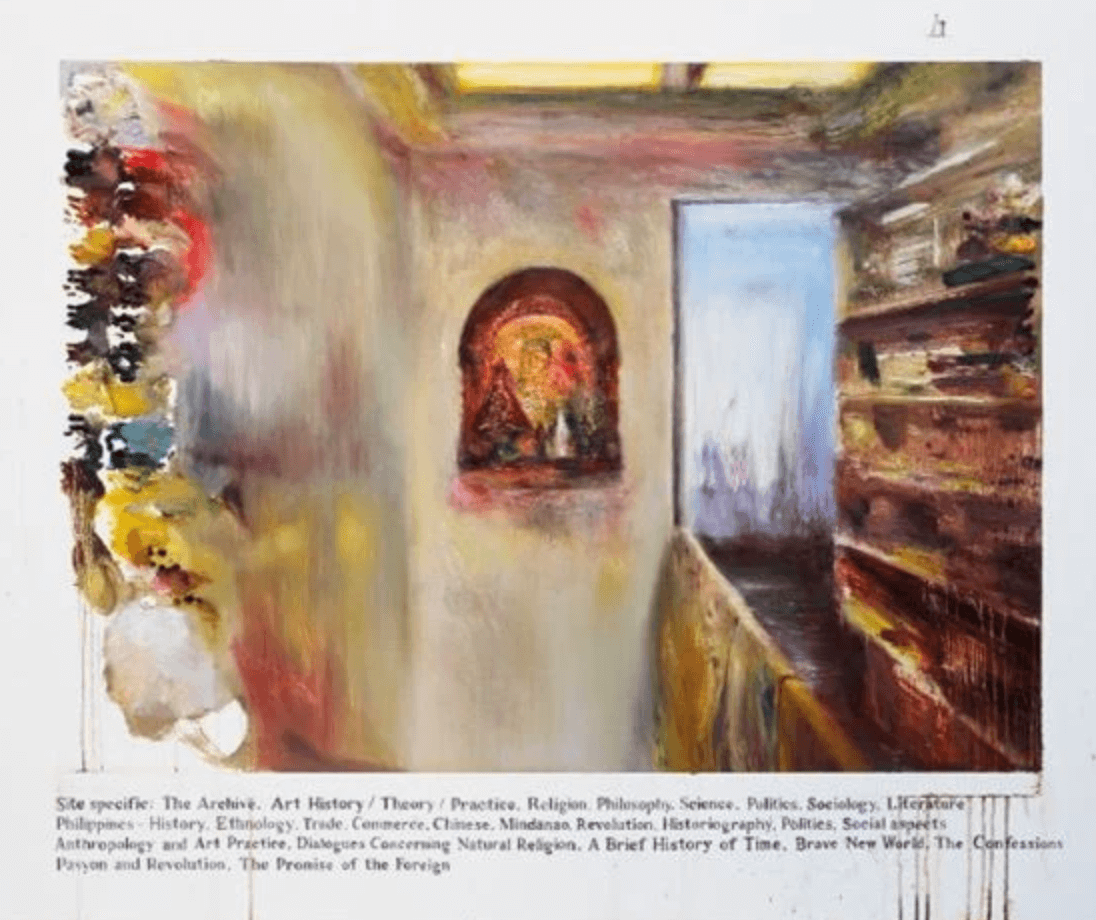
He skillfully uses landscape painting, a technique from the Renaissance called linear perspective, to depict nature and the world around us.
His approach involves studying 19th-century colonial paintings in the Philippines using a diagrammatic method to map out a specific regional context within the expanding art world.
This method requires rethinking concepts such as the horizon, the vanishing point, grounding, and the mechanisms that make them visible, like framing, archiving historiography, and accessibility.
Marc Aran Reyes
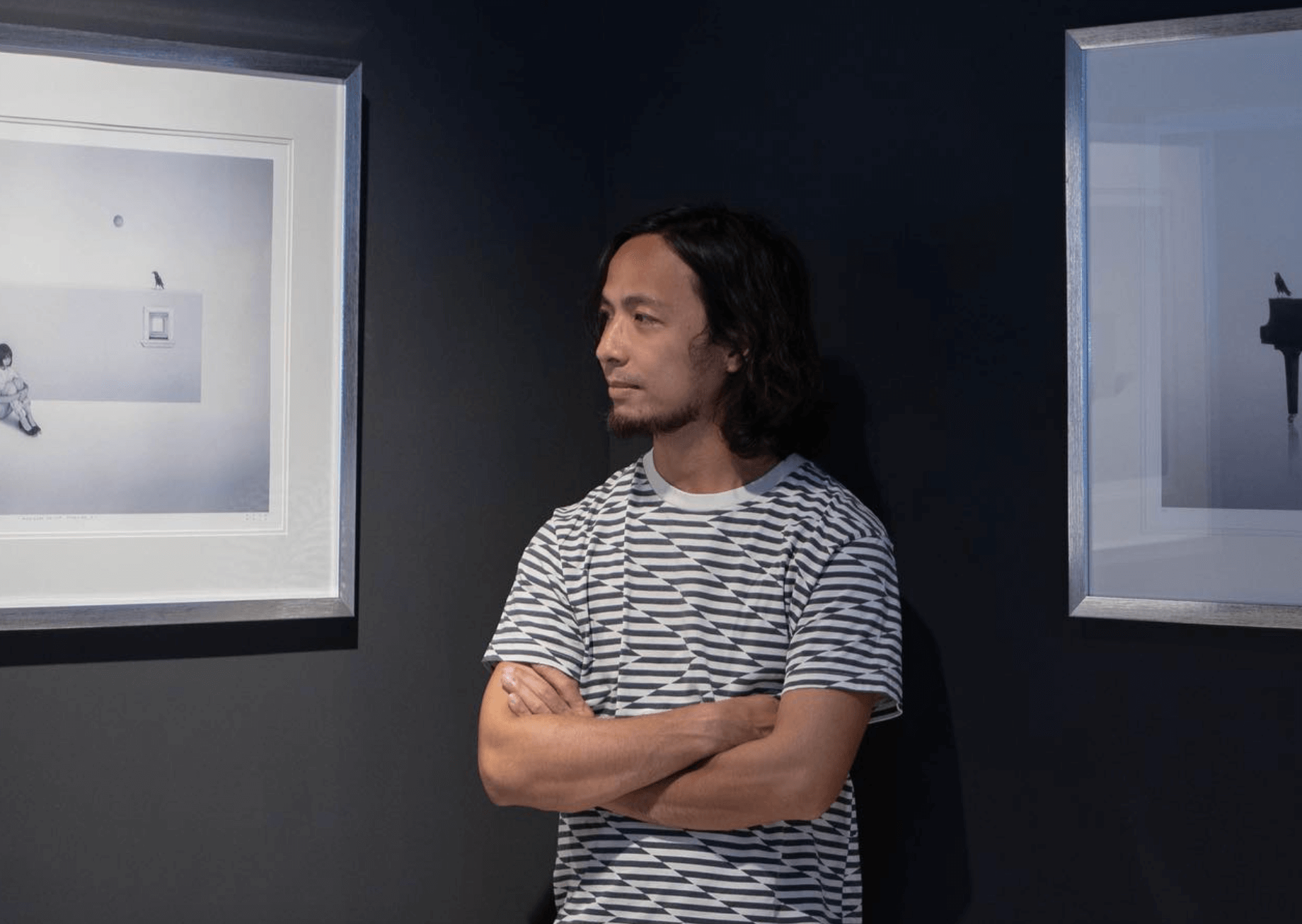
Marc Aran Reyes, a visual artist, is known for the juxtaposition in his works, as described by Leon Gallery.
His pieces primarily use a minimalist palette of white, grey, and black, and employ classical techniques like layering and chiaroscuro. This suggests a pursuit of artistic purity and perfect forms.
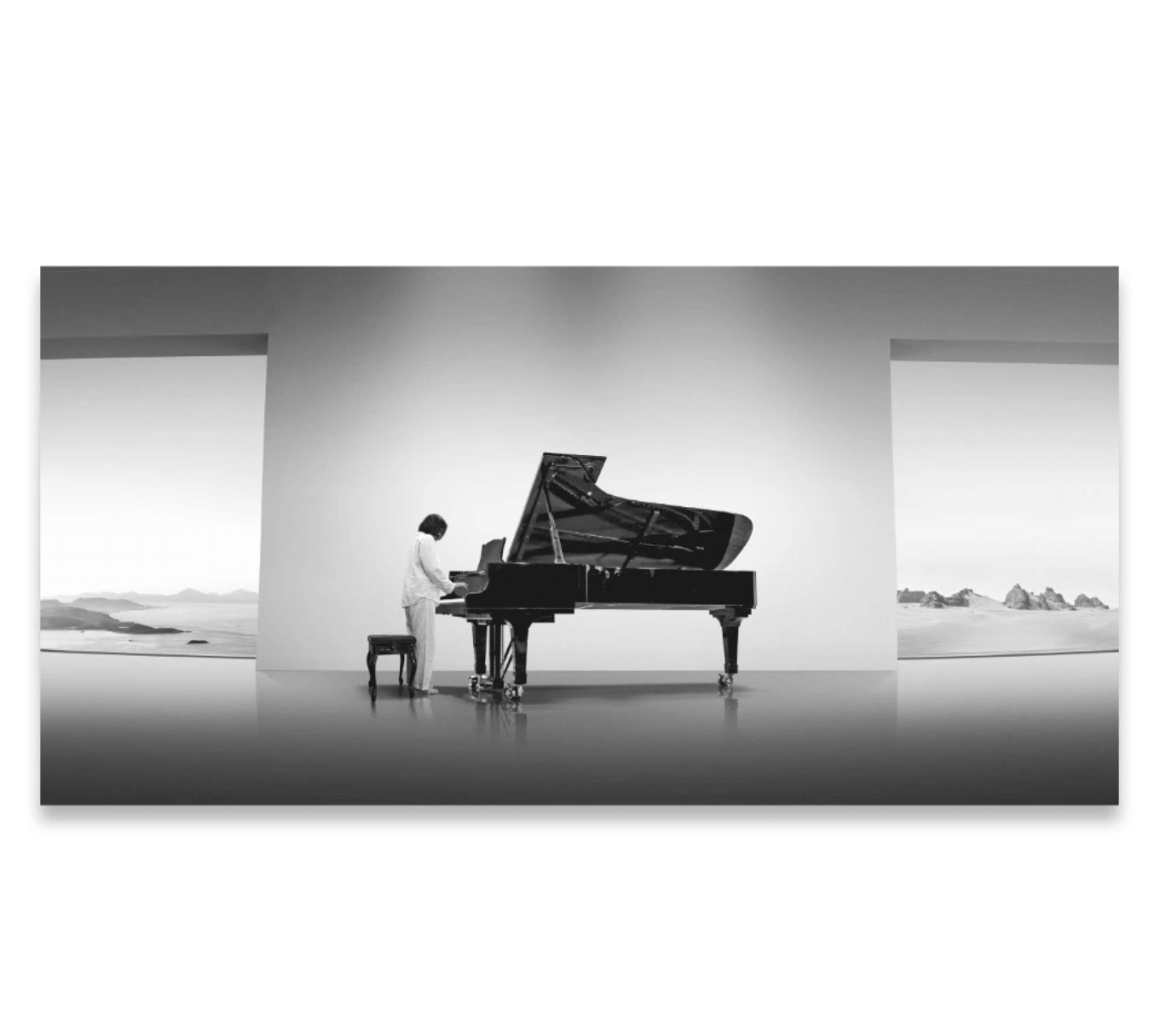
This aspect of his work reflects a universal and objective goal believed to be essential for art to achieve its full potential.
However, the presence of a human figure at the center of his compositions tells another story.
Reyes’ work implies that while there are universal elements in the use of formal and objective techniques, these elements also exist in the subtleties of human experience and emotion.
His piece “Silent Innocence on the Horizon” synthesizes these concepts, reflecting a core principle of contemporary art.
Reyes’ art embodies the idea that art must continually evolve, guided solely by the emancipatory potential of human expression.
Reyes won the Philippine Art Awards in 2016 and was a two-time finalist at the Metrobank Art and Design Excellence Awards. One of his notable pieces was exhibited at the Art Fair Tokyo 2017.
Louie Cordero
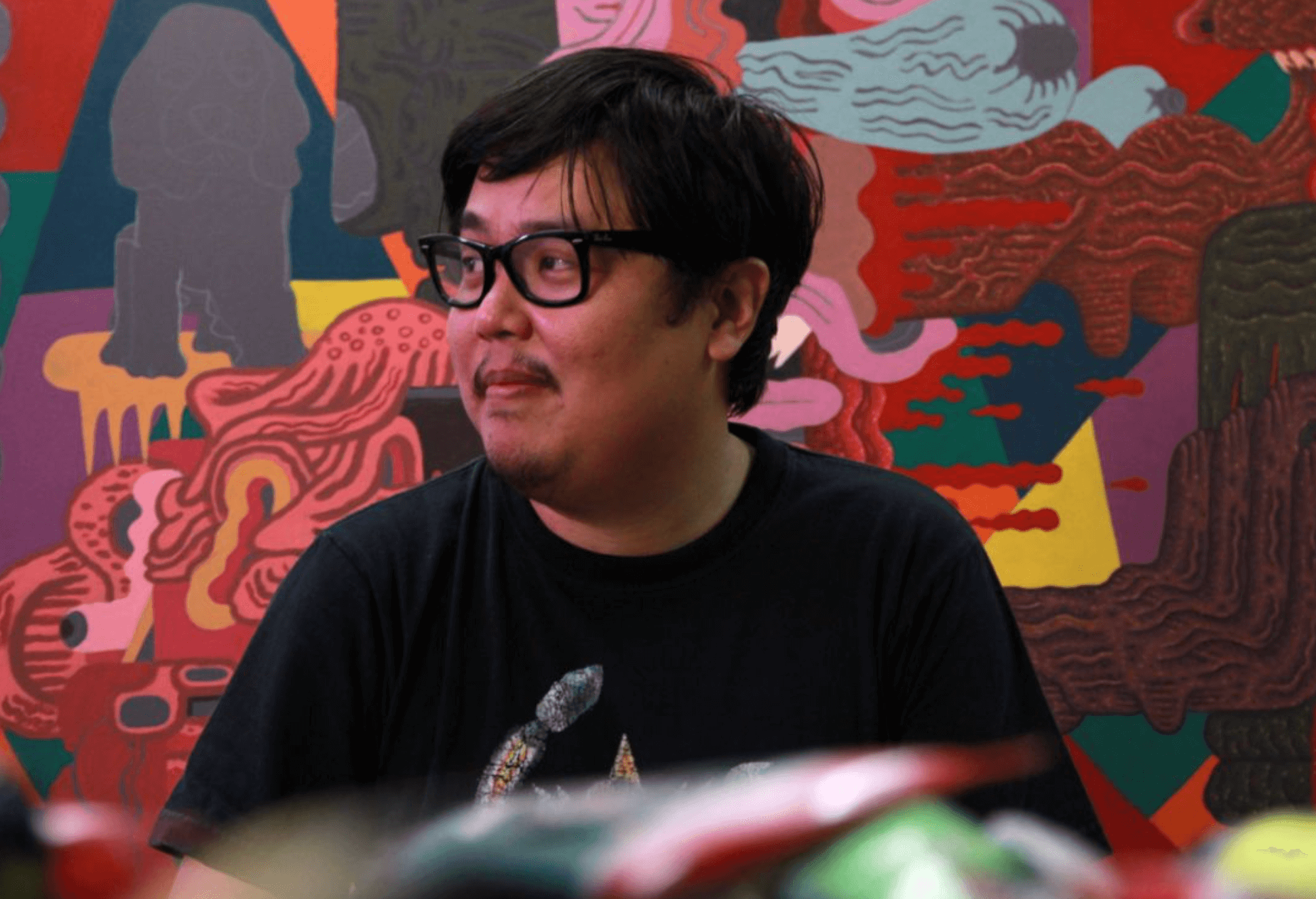
Louie Cordero, born in 1978 in Manila, Philippines, currently resides in Malabon.
He is an acclaimed painter, sculptor, and the creator of Nardong Tae, a self-published underground comic series.
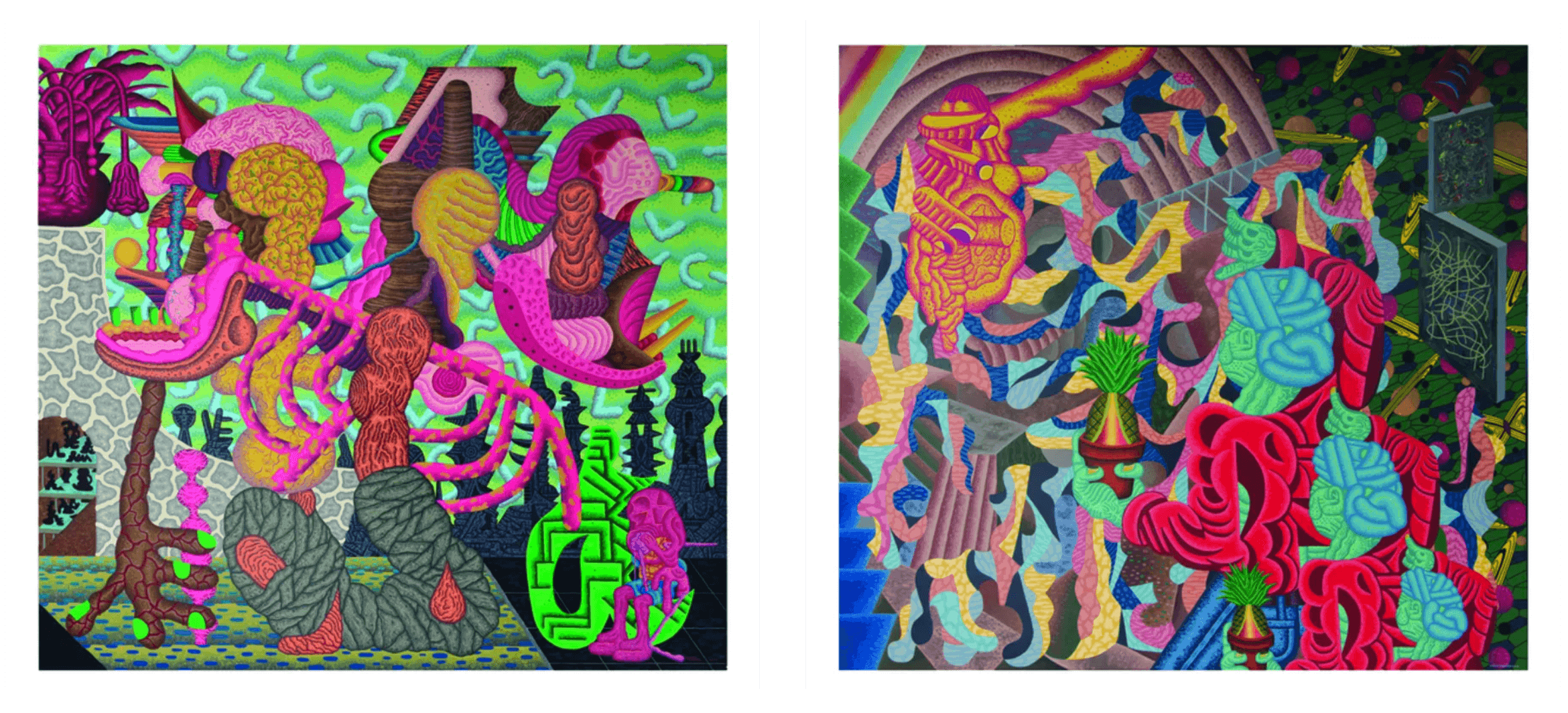
According to Jonathan Levine Projects, Cordero graduated from the College of Fine Arts at the University of the Philippines and completed a residency at the Vermont Studio Center in 2003.
He has received numerous awards, including the Thirteen Artists Award from the Cultural Center of the Philippines in 2006.
Cordero’s work has been featured in exhibitions worldwide.
Annie Cabigting

Annie Cabigting, a Filipino artist, delves into the concept of appropriation in her work.
According to Art World Database, she meticulously examines the inherent nature of artworks through thorough research and a deep understanding of art history.
Drawing inspiration from acclaimed artists like Yves Klein and Mark Rothko, she ingeniously transforms their works into a unique experience.
Through her immaculate painting technique, Cabigting veers away from the original form of these works, instead enhancing their potential.
She recontextualizes these artworks by incorporating them into the settings of galleries, auction houses, and museums.
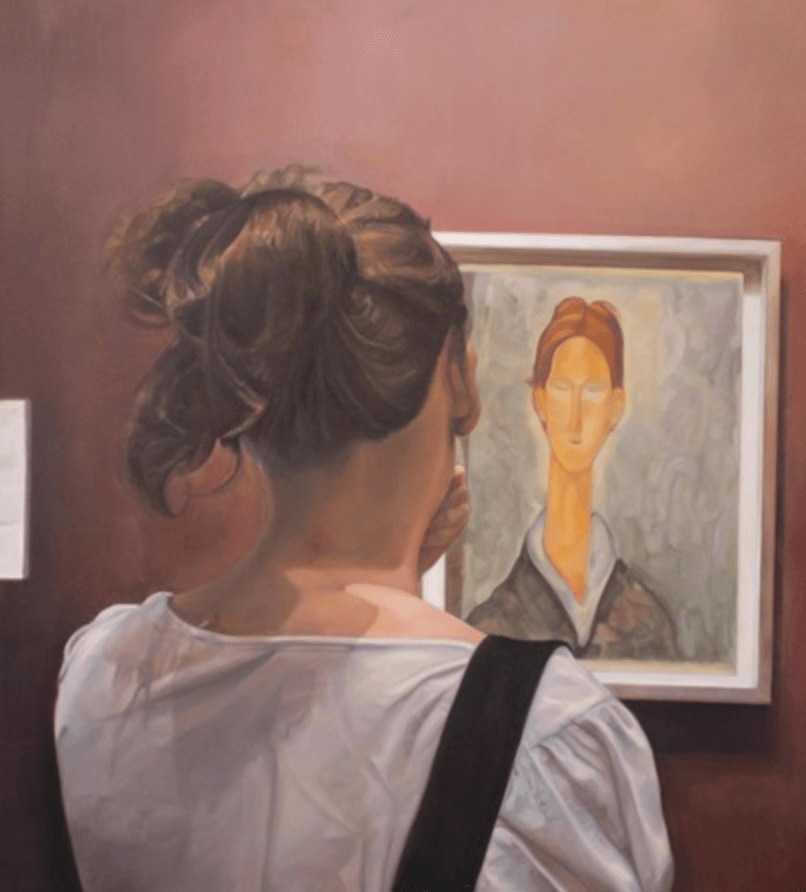
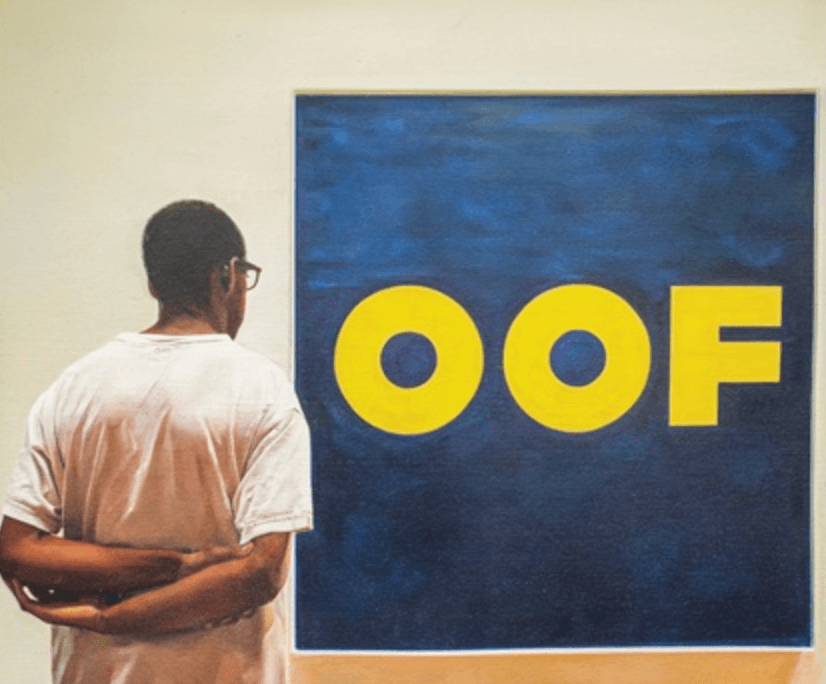
Widewalls reported that in 2005, Cabigting held her first solo exhibition titled 100 Pieces at Finale Art Gallery in Mandaluyong.
For this exhibition, she deconstructed and painted a single photograph of her professor’s work one hundred times.
This marked the first instance where her work featured people observing a work of art.
Zean Cabangis
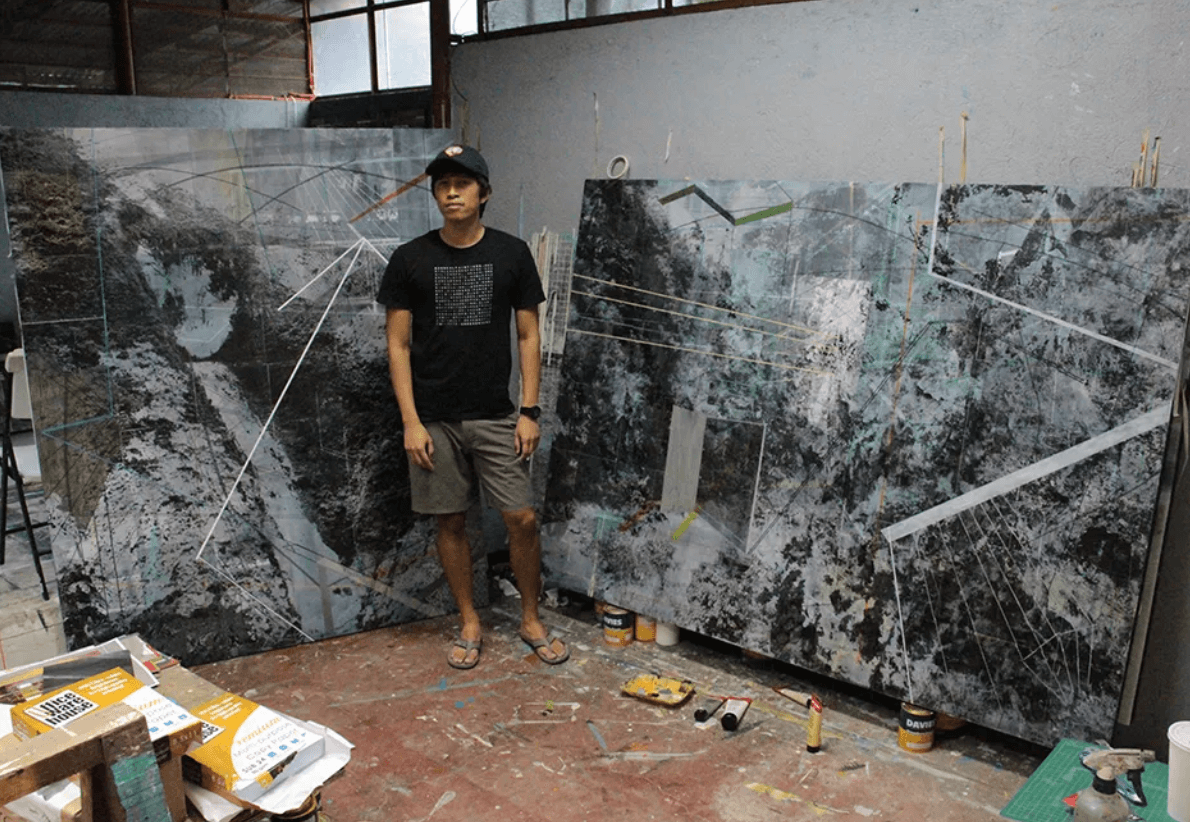
Zean Cabangis, a Filipino contemporary artist, merges photographic documentation and painting to craft intricate works that delve into the interconnectedness of everyday life.
According to Bode Gallery, Cabangis uses a technique called emulsification to move pictures from photos he takes during bike rides onto canvas.
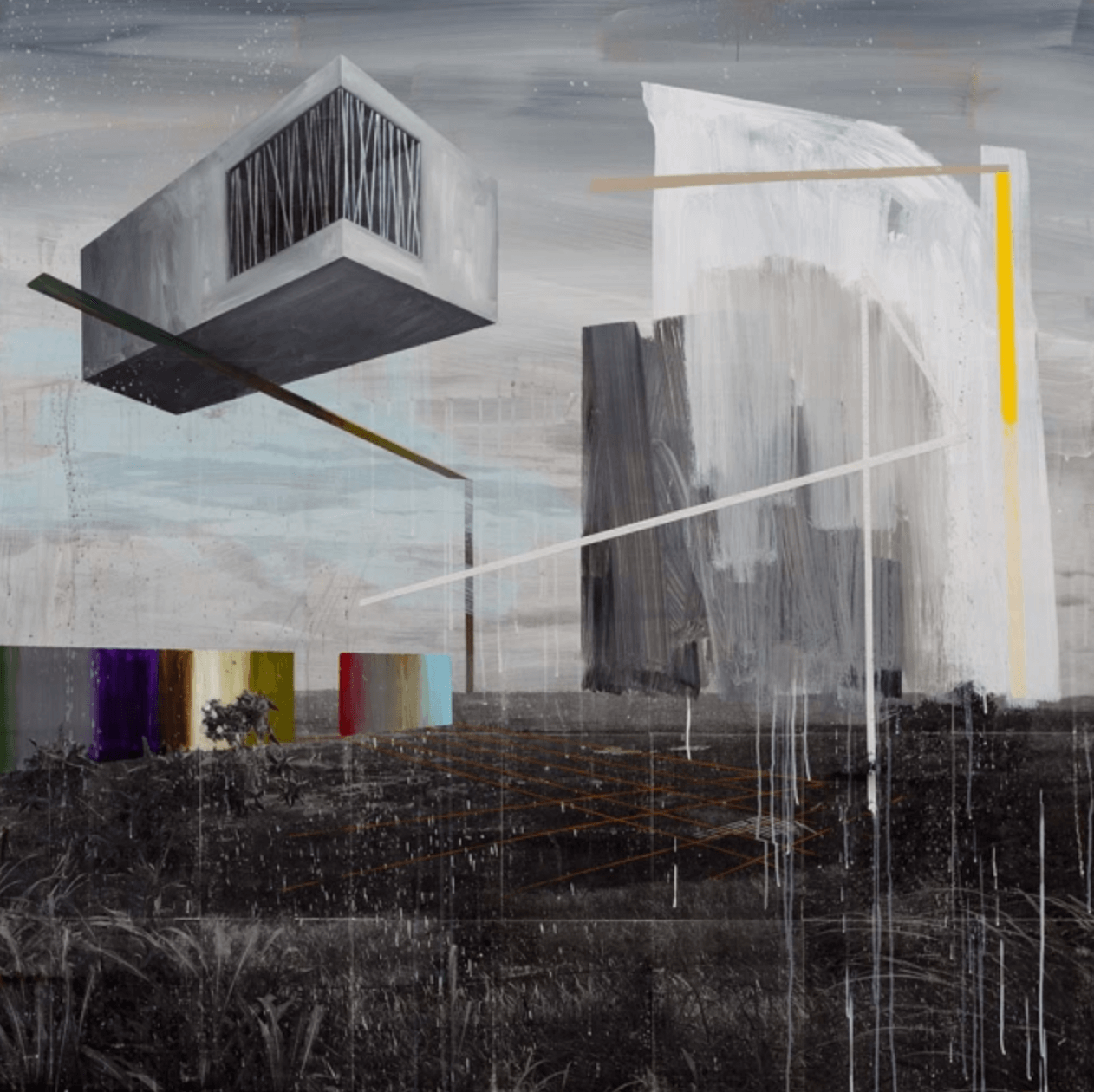
These rides, devoid of purpose or destination, prompt him to repeatedly ask himself, “Where am I going?” without finding a definitive answer.
Through this process, Cabangis connects his physical presence to the visual representations in his work.
By deliberately navigating his surroundings without a specific goal, Cabangis seeks to represent memory and the subconscious.
He uncovers, scratches, peels, and paints over the transferred photographs to replicate the emotional and physical sensations he experiences during his travels.
Through this artistic process, Cabangis discovers layered meanings in ordinary life and the spaces he encounters.
Cabangis views his works as image archives—an attempt to recollect imagery stored in his subconscious during his rides.
He overlays, blurs, and intermixes seemingly unrelated images as a way to find interconnectedness and significance in disparate and mundane moments.
Leslie de Chavez
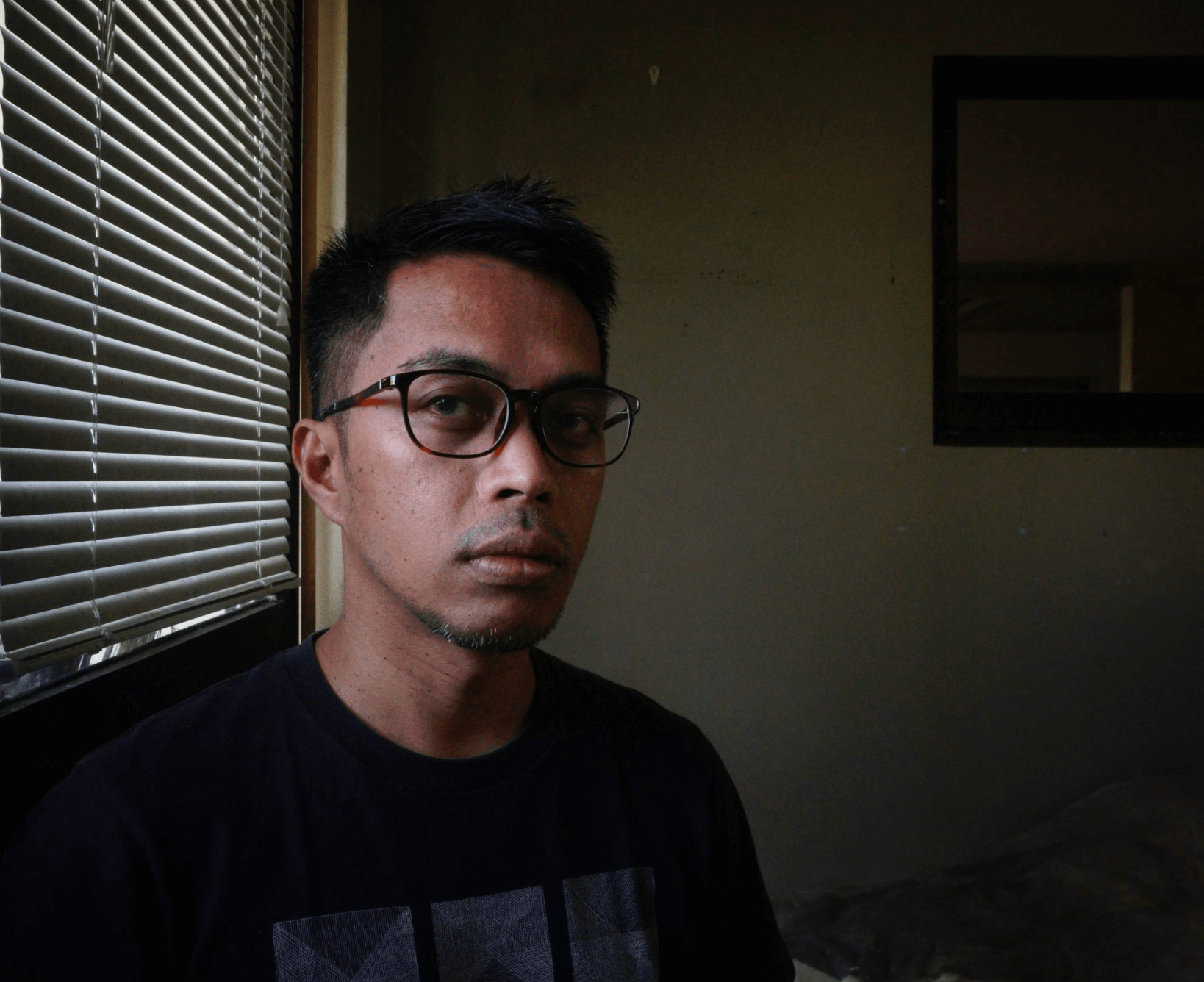
Ocula describes Leslie de Chavez as a Manila-born Filipino artist who delicately addresses sensitive topics such as imperialism, colonial history, and religion in his country.
He is a thoughtful artist who deeply considers the role, influence, and direction of art in society.
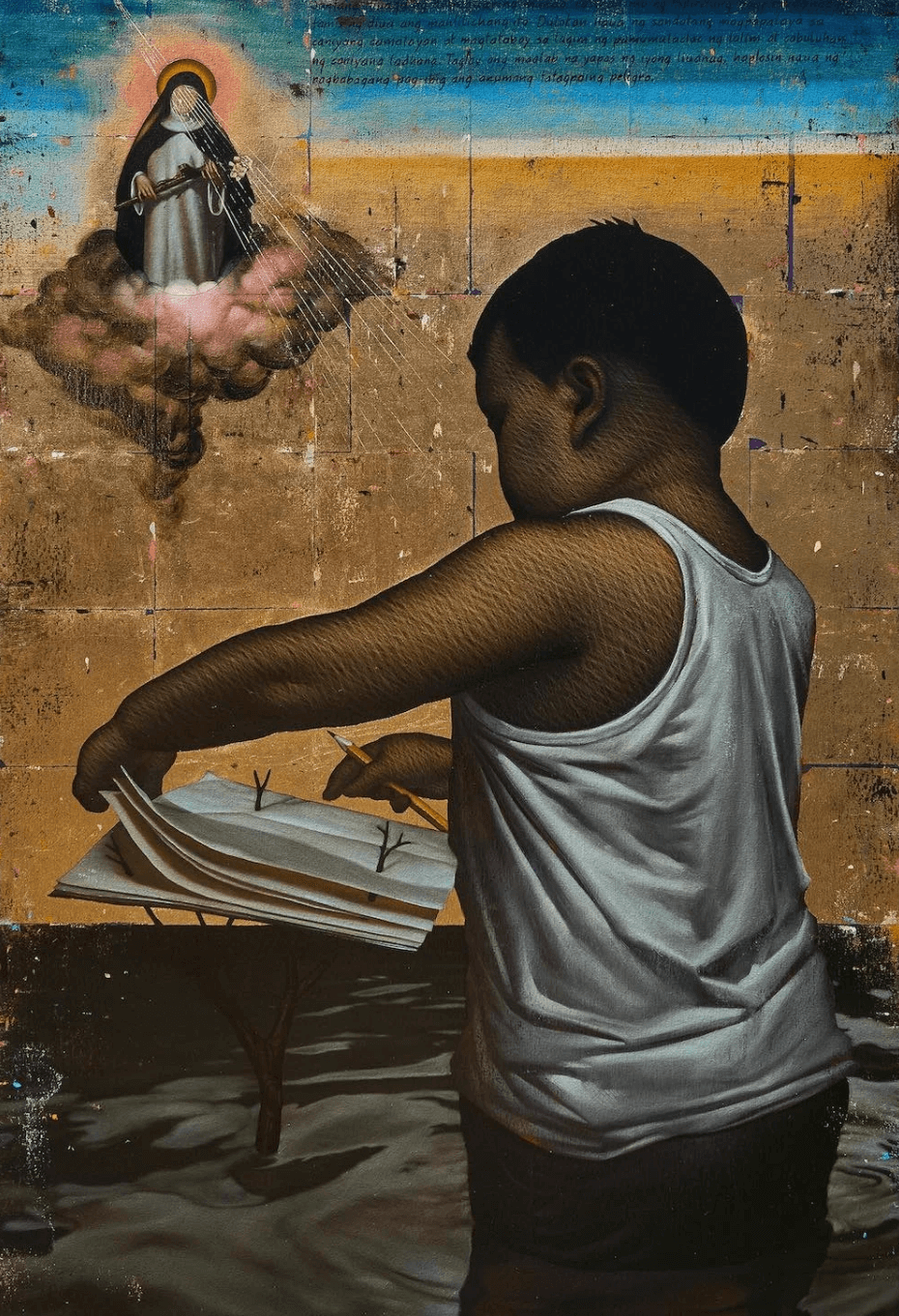
Known for his exceptional talent and sensitivity in painting, de Chavez metaphorically critiques the society he inhabits. This offers a response to reality by reinterpreting contemporary icons and symbols.
Through his works, which reflect diligence and passion, de Chavez encourages introspection about reality.
This sets himself apart in the contemporary art world, which often prioritizes visually striking work over conceptual depth.
JC Jacinto
JC Jacinto has shifted his focus from painting organic subjects to using actual organic materials in his art.
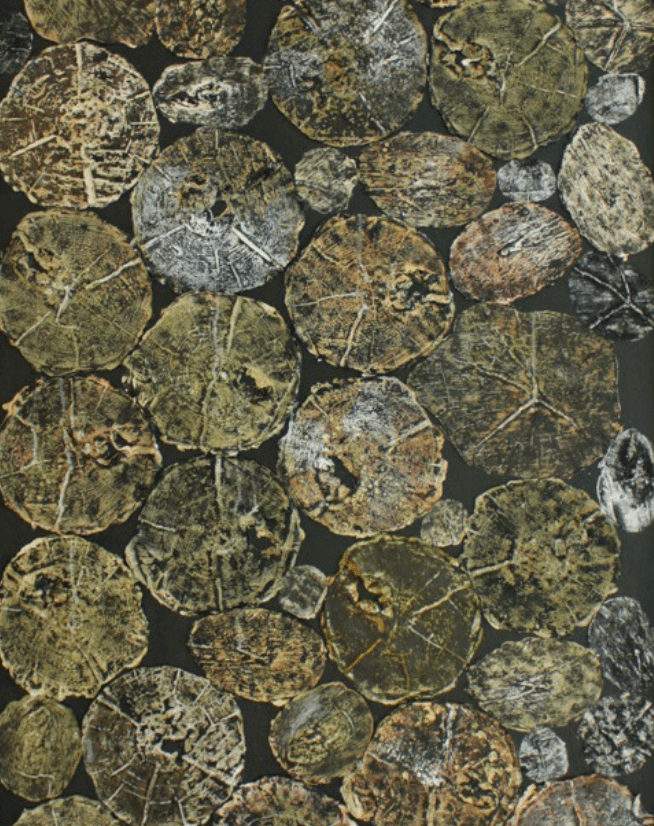
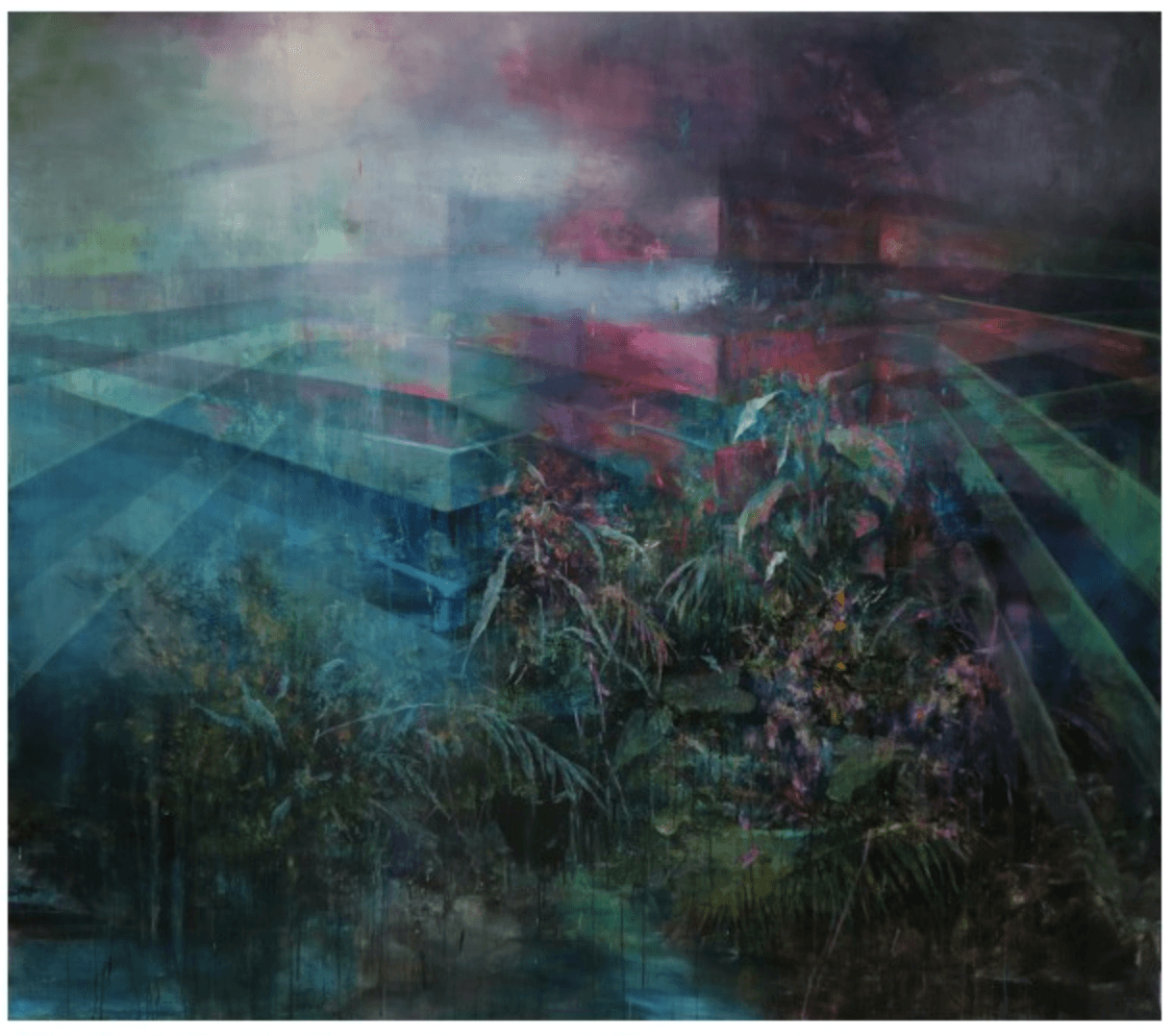
According to Art Informal, this change is similar to his earlier transition from painting figures to painting apparitions or abstractions of those figures.
His recent works, such as “I Skip Stones Across Eons” (2019) and “The Arrow That Pierced Time” (2020), reflect his interest in the independent life of rocks, trees, and minerals. This highlights their ability to record their lives and the passage of time.
Chelsea Theodossis
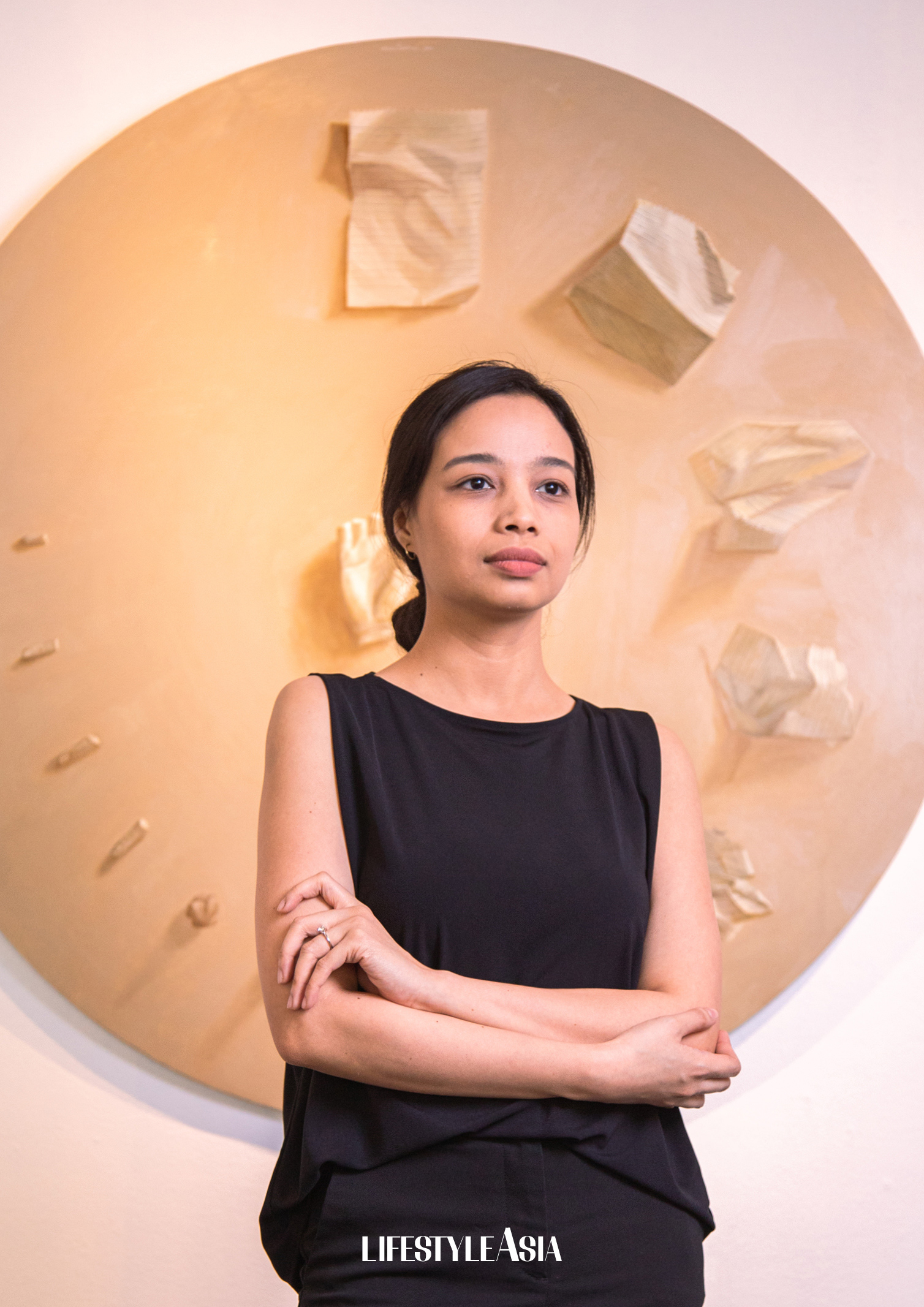
Chelsea Theodossis challenges the idea that contemplating the unknown and nameless is morbid for young people, as described by Ysobel Art Gallery.
She reflects on how to honor the stories of those who came before us and walked the same soil we now tread.
Although she cannot listen to all their stories over centuries, she metaphorically paints an ocean of blank pages and unwritten books. Inviting these untold stories to be monumentalized, word by word, piece by piece.
With a calm and disciplined approach, Theodossis paints collections of books and loose pages, all blank and unwritten, symbolizing the many people whose stories she hopes were written, shared, or at least heard.
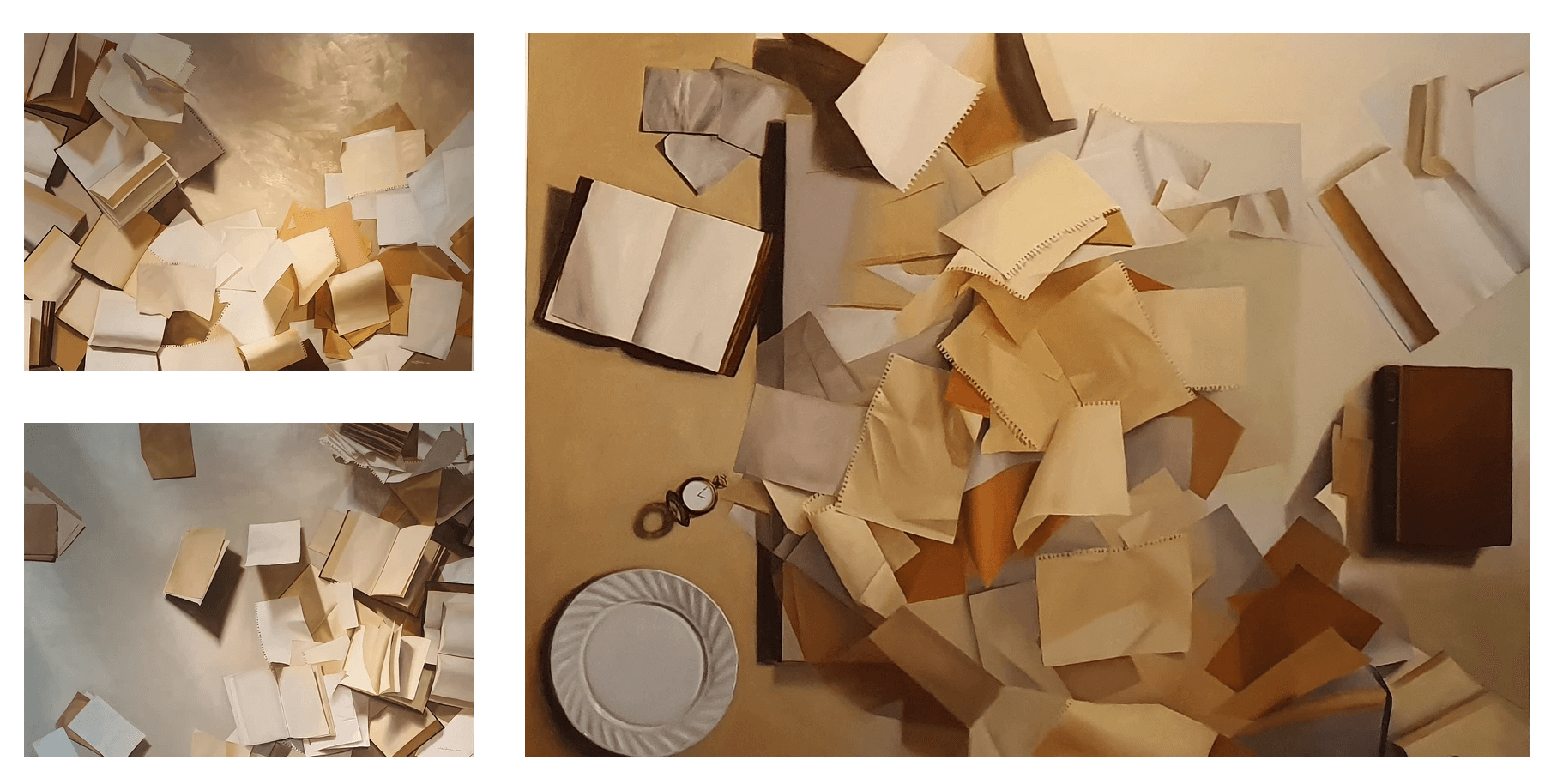
Each piece of a book or page symbolically represents the brevity and fragility of life. To convey the passage of time, she captures the movement of a page or book suspended in space.
Rather than neatly organizing the visual elements in each canvas, she allows some pages to be loose and scattered, symbolizing the need to find, gather, and collect these stories.
Each empty page serves as a metaphor to perceive what is missing as another way of viewing things, inviting people to recognize that even though their stories may be unknown to many, it does not mean they never existed.
Banner photo via Ysobel Art Gallery’s official website.





